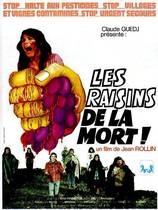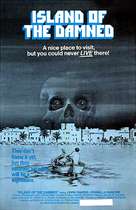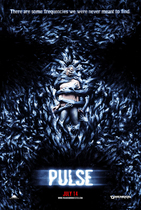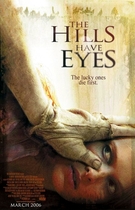Our editor-in-chief Nate Yapp is proud to have contributed to the new book Hidden Horror: A Celebration of 101 Underrated and Overlooked Fright Flicks, edited by Aaron Christensen. Another contributors include Anthony Timpone, B.J. Colangelo, Dave Alexander, Classic-Horror.com's own Robert C. Ring and John W. Bowen. Pick up a copy today from Amazon.com!
Joseph Maddrey
Author of "Nightmares in Red, White, and Blue: The Evolution of the American Horror Film" (McFarland, 2004) and "The Making of T.S. Eliot: A Study of the Literary Influences" (McFarland, 2009). Co-author of "Not Bad for a Human: The Life and Films of Lance Henriksen" (Bloody Pulp, 2011)
Posts by Joseph Maddrey












